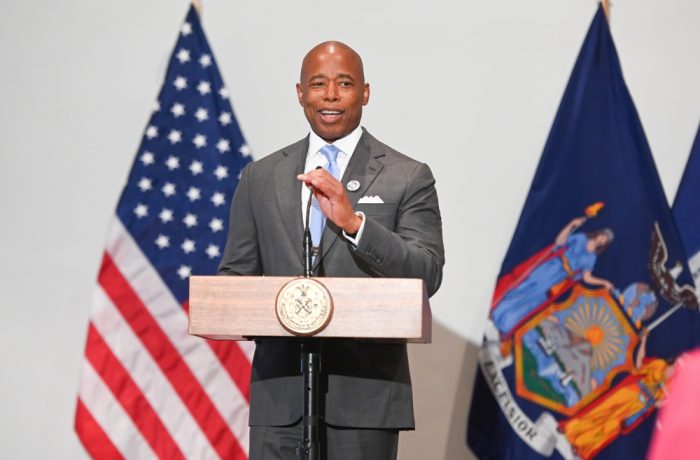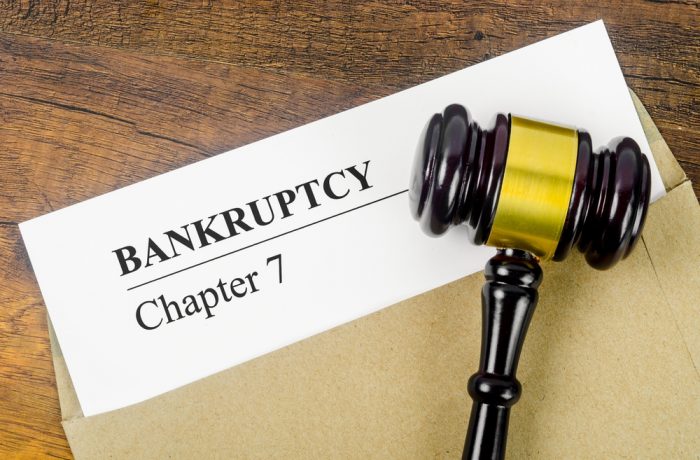In a significant legal development, the Supreme Court temporarily halted President Biden’s latest effort to forgive tens, and possibly hundreds, of billions of dollars in student debt. This move has sparked widespread debate, as it follows the Court’s rejection of a more extensive plan last year that aimed to cancel over $400 billion in student loans. The current situation reflects President Biden’s ongoing attempt to provide debt relief through a more targeted, piecemeal approach after facing judicial pushback.
Understanding the Supreme Court’s Decision
The Supreme Court’s temporary block on Biden’s student debt forgiveness plan is not the final word but a crucial step in the ongoing legal battle over student loan relief. The Court’s decision puts a hold on the plan while considering the arguments from both sides, leaving millions of borrowers in limbo. This block underscores the contentious nature of federal student debt forgiveness and the complex legal questions surrounding the executive branch’s authority to cancel debt unilaterally.
Biden’s Piecemeal Approach to Debt Forgiveness
After the Supreme Court struck down his original proposal in 2023, President Biden shifted tactics, opting for a more incremental strategy to relieve specific groups of borrowers. The original plan, which sought to cancel more than $400 billion in student loans, was deemed too broad by the Court. In response, the Biden administration introduced more targeted measures:
- Debt Forgiveness for Disabled Borrowers: One of the key initiatives includes forgiving loans for borrowers who are permanently disabled. This effort aims to alleviate the financial burden on individuals unable to work due to severe disabilities.
- Public Service Loan Forgiveness (PSLF) Refinements: Another significant measure has been the refinement of the Public Service Loan Forgiveness program, which offers debt forgiveness to those working in public service fields, such as government and nonprofit organizations. The administration has made qualifying borrowers easier, simplifying the application process and expanding eligibility.
- Income-Driven Repayment Plan Adjustments: The Biden administration has also adjusted income-driven repayment plans to ensure borrowers with low incomes or high debt burdens can pay manageable amounts and eventually have their remaining balances forgiven after a certain period.
The Legal and Political Implications
The Supreme Court’s decision to temporarily block the new debt relief effort highlights the Biden administration’s ongoing legal challenges. Opponents argue that the President cannot cancel student debt on such a large scale without congressional approval. On the other hand, supporters of the plan contend that the administration is well within its rights, especially given the economic challenges faced by many borrowers. They argue that the relief is not just about financial assistance, but also about saving lives and improving the quality of life for millions of Americans. ‘Callous Republicans have been hell-bent on obstructing life-saving student debt relief for millions of borrowers—including for many of their own constituents—and this pair of injunctions is just the latest evidence of that,’ said Congresswoman Pressley in a statement on June 25. ‘This damning and harmful lawsuit will only throw struggling borrowers further into chaos, deny them the student debt cancellation they demand and deserve, and prevent them from purchasing homes, growing their families, and so much more. The Biden Administration must continue to take immediate action to ensure borrowers receive the student debt cancellation they were promised.’
Politically, this issue continues to be a divisive one. Student debt forgiveness was a significant campaign promise for Biden, particularly among young voters and progressives. The ongoing legal battles and the piecemeal approach may impact the administration’s standing with these key groups, especially as the 2024 elections approach. The outcome of the Supreme Court’s decision and the administration’s response could significantly influence voter sentiment and the political landscape.
What’s Next for Borrowers?
For now, borrowers are left in a state of uncertainty. The temporary block means that new relief will be provided once the Supreme Court reaches a final decision. Borrowers expecting to benefit from the latest plan may need to continue making payments or seek other forms of relief in the interim.
The Biden administration has vowed to continue fighting for debt relief, but the path forward is unclear. The outcome of this legal battle will likely set a precedent for future executive actions on student debt. It could influence the broader conversation about higher education financing in the United States. The gravity of this decision cannot be overstated, as it has the potential to shape the future of student debt relief.
Guidance
The Supreme Court’s temporary block on President Biden’s latest student debt forgiveness plan is pivotal in the ongoing debate over student loan relief. While the final outcome remains uncertain, the case underscores the legal, political, and economic complexities surrounding this issue. Borrowers and policymakers alike will watch closely as the situation develops, knowing that the stakes are incredibly high for millions of Americans burdened by student debt.
If you are experiencing financial difficulty with other debts, remember that while bankruptcy can be a powerful tool for debt relief, it’s essential to approach it with the right information and legal support to maximize its benefits.
Bankruptcy is not the end; it’s a new beginning. Allow yourself to have a fresh start. Contact the Bankruptcy Law Firm of Figeroux & Associates today. Call 855-768-8845 or visit www.askthelawyer.us to book a consultation. The lawyer you hire does make a difference!





